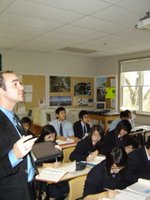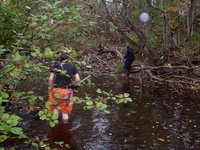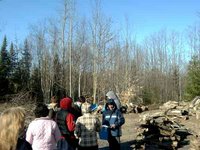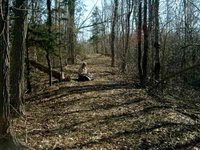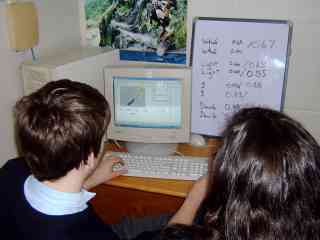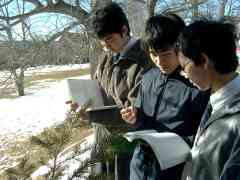
This water spider was one of my favourite finds during our trip to the Halfway River. I chose this picture to write about because when I had first found this spider it was on a little island surrounded by water. This amazed me because it looked liked a normal spider, and we all know that spiders hate water, but soon I realized that some of its legs were resting on the water while the others were holding onto the rock.
I was also surprised at how fast the spider could move on top of the water. The legs of a water spider create so much surface tension that they barely touch the water. But because the spider weighs something, its legs make an “indent” in the water where their legs contact the water. To move, the spider puts force on the indents of water under their legs. The indent creates a drag or resistance on the water, which allows the spider to push away from the water and push it behind. This allows the spider to move forwards very fast.
If you look at the picture of the spider on top of the water, then you can see the indents underneath each one of its eight legs, and you can also see that its body is resting on the water because of the “shadow” figure underneath it. (Click on picture for larger image.)
I thought a spider like this might be darker so it would be able blend in more easily with the water’s bottom. But instead it blends in with leaves and sticks which may indicate that it spends most of its time on the land and only goes to the water for food, or to escape from land predators. - a student
